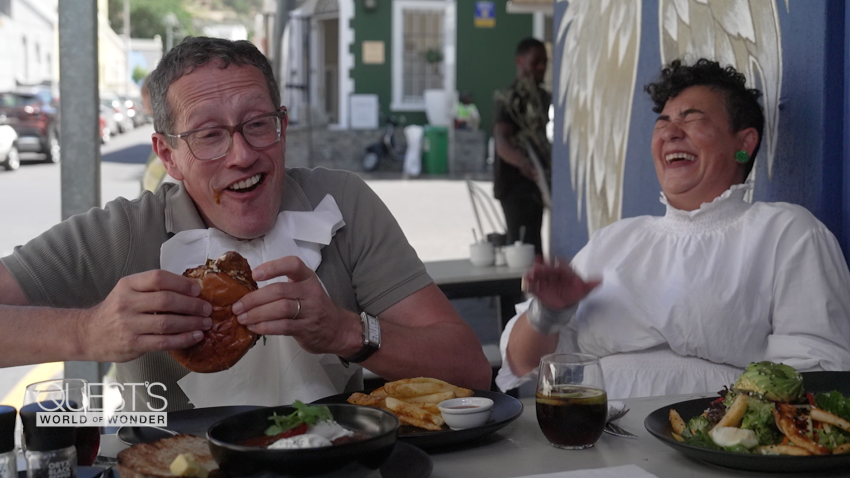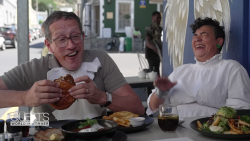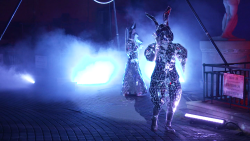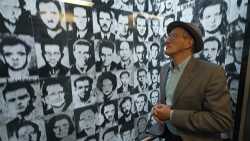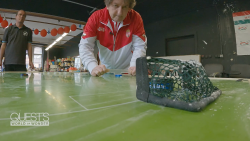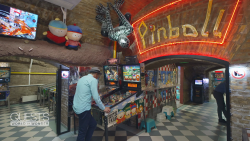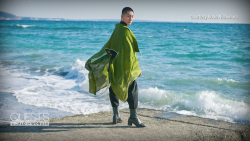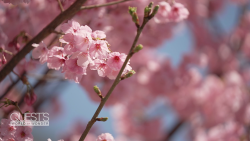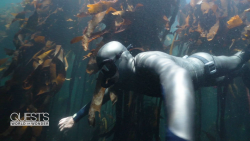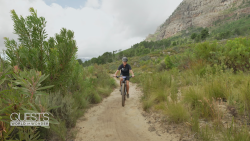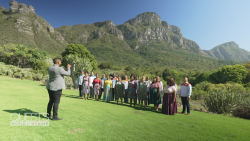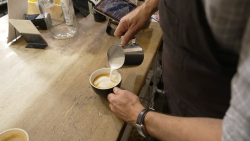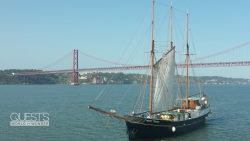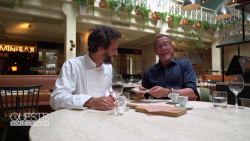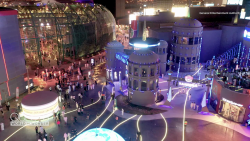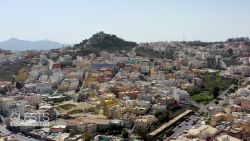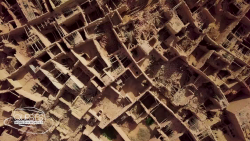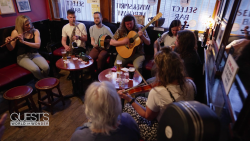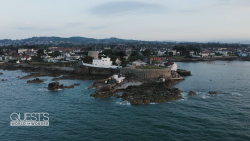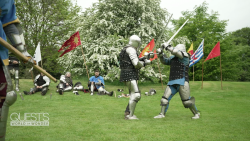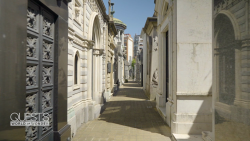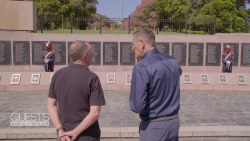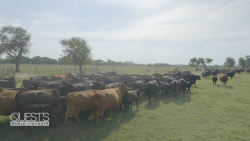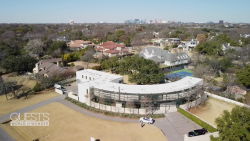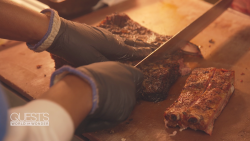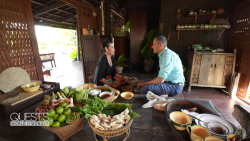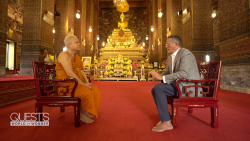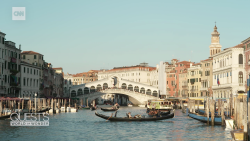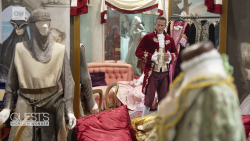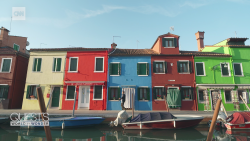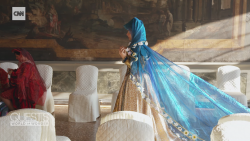Cape Town is the embodiment of multicultural South Africa. Long home to nomadic pastoralists, the country’s oldest city dates its modern history to 1652, when settlers from the Dutch East India Company set up a watering station for vessels heading to Asia.
Today, in spite of the dark history of apartheid and the ongoing daily struggle with blackouts, known to locals as “load shedding,” the Mother City is in the process of raising up its vibrant and fascinating past, much of its multiculturalism a result of the slave trade which brought people from Indonesia, Malaysia and Madagascar to its shores.
Locals of all backgrounds are on hand to talk up its incredible food and drink scenes and its access to some of the planet’s finest wild landscapes, without ever flinching from the important work of reminding newcomers just how this place came to be and the challenges it’s facing right now.
The Bo-Kaap is arguably the apotheosis of modern Cape Town. A one-time army garrison, it was here where freed slaves settled in the 19th century, before being driven out of the area under the racist apartheid regime. Today, its colorful houses and shop fronts, not to mention its incredible restaurants and cafes, make it a mecca for snap-happy visitors.
‘We’re just so thankful for our freedom’
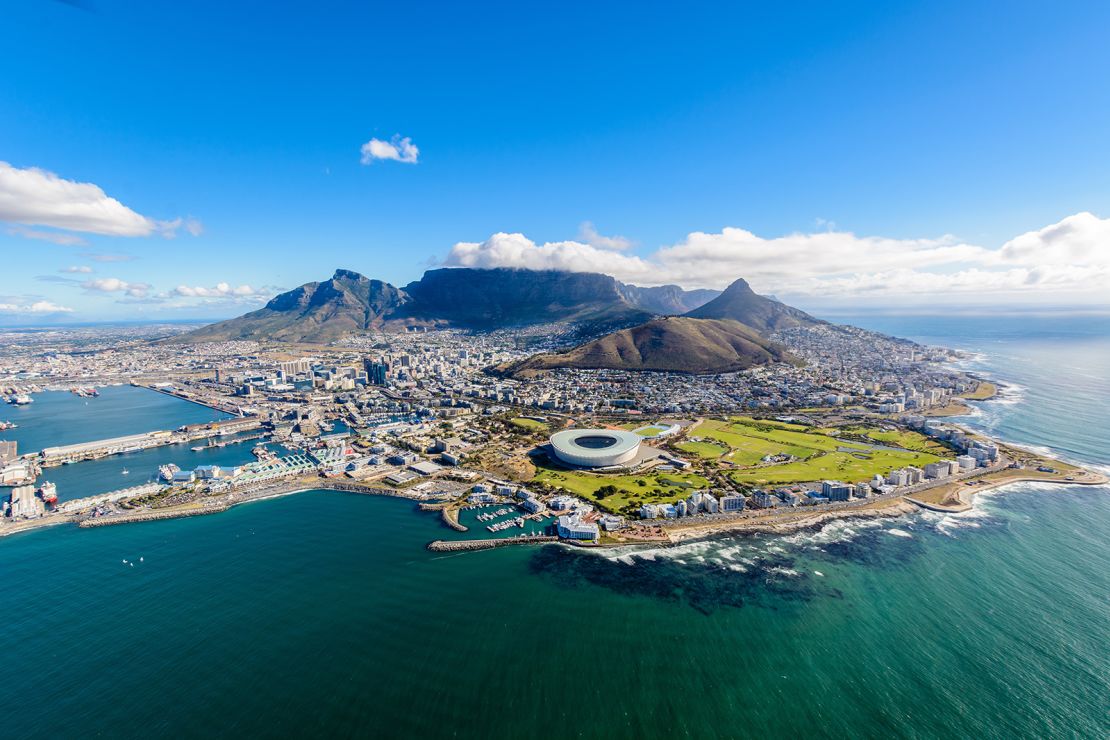
Karen Dudley knows the area better than most. A renowned cook who before the Covid pandemic ran her own restaurant, dubbed simply The Kitchen, Dudley is at the forefront of highlighting the amazing dishes on offer here. That’s everything from koesisters – delicious, spiced donuts that showcase the area’s Malay heritage – through to succulent masala steaks.
Dudley says her own restaurant and cooking are about the urge to come out of “our legacy of the need to categorize things and label things. There was a big question of ‘what is South African?’
“I think in Cape Town we’ve come to the place, and have been for the last years, where we just want to eat what’s delicious.”
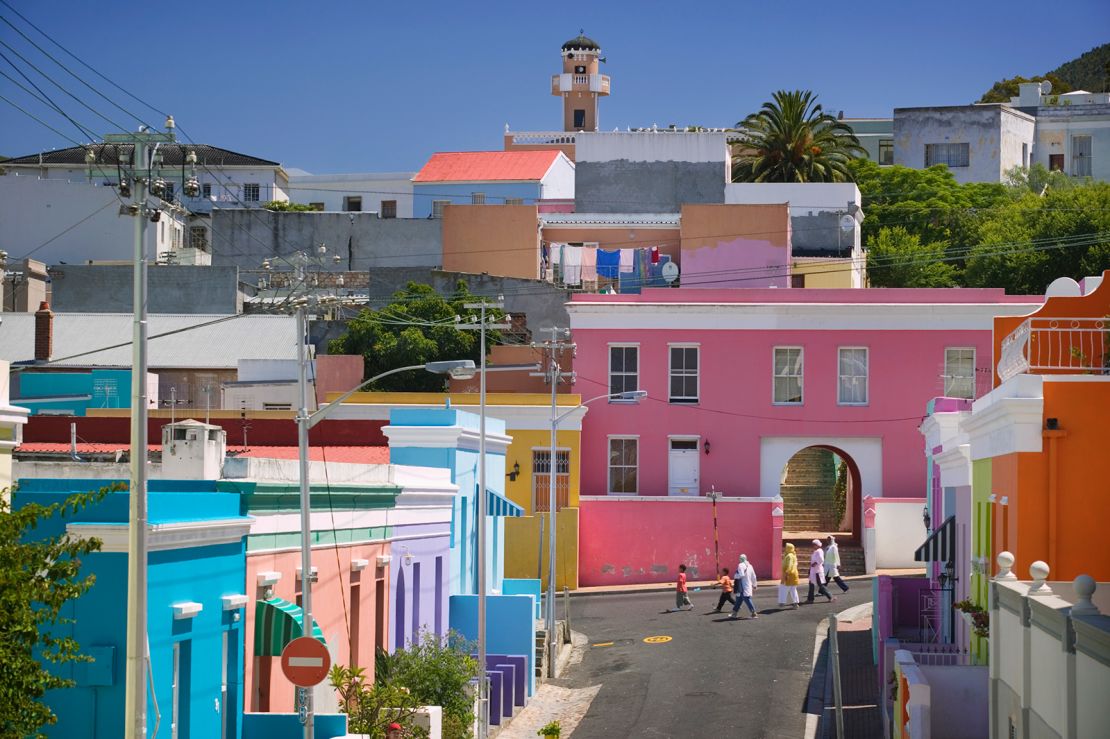
Walking through the Bo-Kaap, however, the racial divisions which scarred the so-called Rainbow Nation are never far away.
“This area used to be an area of mixed races, and during the ’60s, it was declared a White area,” explains Dudley. For her, it was personal. Dudley’s mixed-race family lost their home here as a result.
“It was their house and they were given an eviction notice, and they had to sell their house for next to nothing, move away from their community, away from their church, away from their people, far out onto the Cape Flats.”
This experience is not uncommon and is an integral part of Cape Town’s story, one which cannot be shied away from. Despite the real progress since South Africa emerged from the apartheid era in 1994, the issue remains raw and real.
“I’m angry that my family had to move,” says Dudley. “They had to leave their family and to leave all that they knew, and make a new life somewhere else just for the purposes of re-demarcating an area, a construct.”
Despite this anger, Dudley’s pride in the area and the modern-day city is inescapable.
“I think we’re just so thankful for our freedom. I get to marry the person that I love, a White guy. My children are freed from inferior education. They have a future ahead of them. I think it makes us more determined people. We’re here, we’re invested. We’ve got to work for change. We’ve got to work for something new. This is our life. It kind of gives it texture.”
The calm beneath the waves
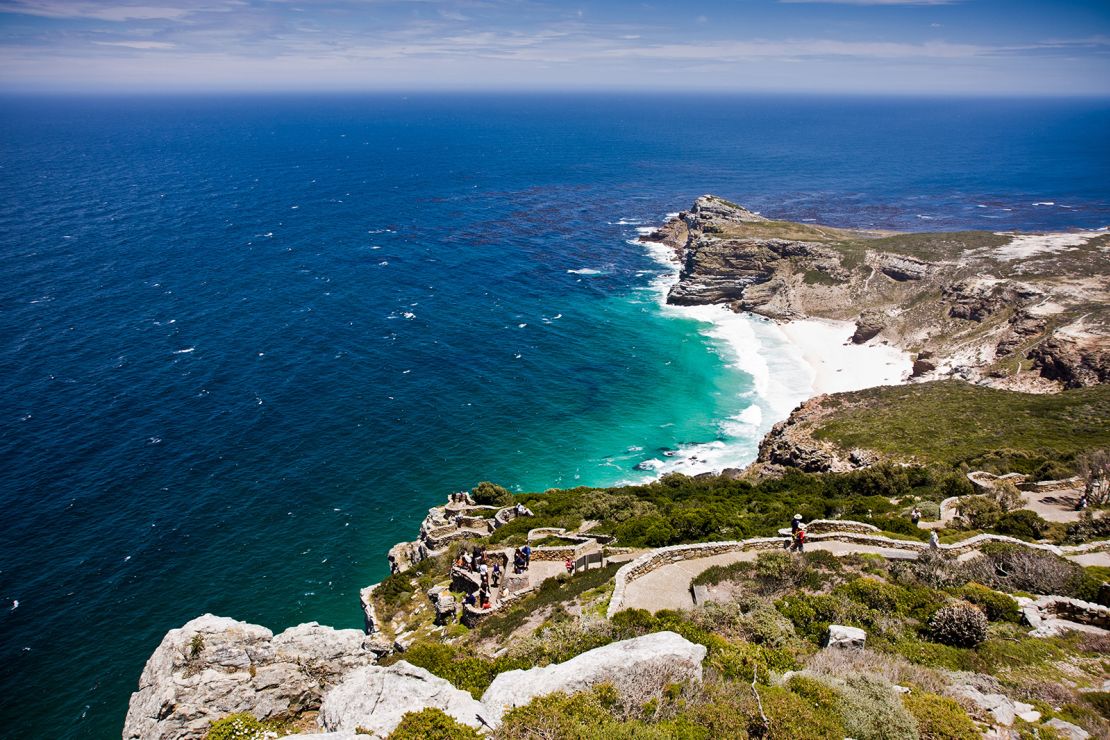
Cape Town’s location close to the Cape of Good Hope, where roiling waters crash against the rocky headland, has long made it one of the world’s most beguiling cities. Whether viewed from the heady heights of Table Mountain or from the water itself, there is a very real sense of nature and the outdoors being a part of everyday life.
That’s especially true for Hanli Prinsloo. A champion free diver, exploring the world beneath the waves that crash into the city’s beaches affords her a meditative calm. Powered by breathwork, she is able to become part of a watery world of kelp forests where seals dart, all without the need for an oxygen tank.
“One day [you realize] you’re down there and you have minutes to explore on one breath,” she says. “It’s about finding those moments of stillness. For me, it’s about the wilderness and being connected to nature.”
However, Prinsloo’s passion for the ocean also drives her deep concern for its future. For a city that derives so much of its identity from the water, Cape Town is facing up to serious environmental issues that plague this special habitat.
On her return to dry land, Prinsloo regularly collects dozens of balloons which have found their way into the water from parties that have taken place on land and sea. The impact of something so seemingly mundane can be huge, devastating marine life which either eats the plastic or dies after getting caught in it once deflated.
“It’s hard to believe that something so immense could fail,” she says of the ocean. “We don’t want to believe it, it damages our world view, to think that something so vast could fail. I think it’s really a mind shift that’s needed to think of our ocean as something precious and fragile, that we can actually both have a negative or positive impact on, depending on how we choose to live.”
A vineyard adventure

While the sea and the city give a good perspective on what Cape Town has to offer, heading inland has its own special rewards. Blessed with something akin to a Mediterranean climate and incredibly fertile soils, the Stellenbosch region has been producing wine for more than 300 years.
Rose Jordaan is the owner of the Plaisir Wine Estate and sees growing here is “a legacy project.”
“You grow a vine and only in three years does it start bearing [fruit],” she says. “Only in seven years does it start bearing good grapes, good enough to make good wine. And only after many years, great grapes making great wine.”
For those who don’t just want to while away a day sipping on South Africa’s finest, the Plaisir Estate offers something a bit more exhilarating: its own mountain bike trails, passing through the foothills of the Simonsberg mountains and giving unrivaled views of the peaks of the Western Cape.
“There’s so much adventure to be had,” says Jordaan. “We’re surrounded by the Cape Floral Kingdom, which is the most abundant floral kingdom on earth. It is so beautiful, these incredible mountains. There’s really something to do for everyone.”
With over 1,300 kilometers of trails through the Cape Winelands, visitors could easily spend months on two wheels, a chance to do something beyond the usual, laid-back winery tours which drive so much of the tourist economy here.
‘A world-class city’
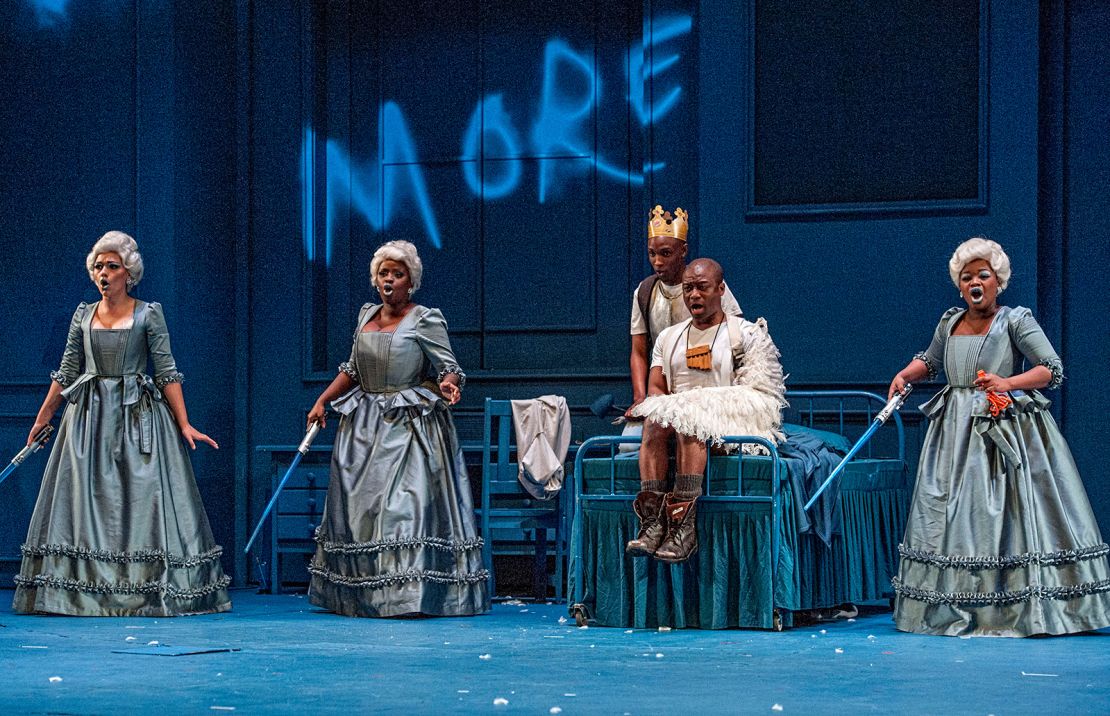
While food plays such a huge role in Cape Town’s culture, the city’s daily life isn’t solely nourished by its excellent cuisine. There is an overriding need, an urge, for music too.
For Africa Melane, it’s essential. A well-known radio personality, he is also the vice-chairman of the Cape Town Opera. This is not something which, perhaps, many from outside the city would consider to be an essentially South African art form, but Melane is keen to espouse its importance to the very soul of the place.
“This is a world-class city,” he says. “The operatic format of expression is centuries old. It’s ultimately telling a story. You’re just doing it in the most complicated, complex and wonderfully rewarding ways.”
While this could be seen, too, as an expression of the hopeful “Rainbow Nation,” a term first used by Archbishop Desmond Tutu during the days of the post-apartheid Truth and Reconciliation Commission, Melane is wary of seeing things that way.
“[Tutu’s] vision was that we will all meet, we will share our stories and we’ll forgive each other and we’ll be this one wonderful, rainbow nation. It’s in tatters, right now,” he laments.
“It’s hard to believe in one vision when there are so many challenges: Cost of living, high levels of crime that we still need to contend with, disease, ailments and all that kind of thing. So, I don’t think you’ll find very many ‘rainbow nation’ happy people in South Africa right now.”
For all this, Melane believes things can get better.
“I think the work we have to put in going forward will take a lot more energy than necessary. But it’s not beyond repair.”
The Cape Town Opera is certainly designed to help make that happen, as well as pushing the city to aspire to even greater heights.
“We are a different city. We have our roots firmly placed, unfortunately, in some of the horrors of humanity’s history. There’s a lot of Dutch influence and a lot of European influence here. We are very, very familiar with British history of course, and therefore there’s a lot of Britain in Cape Town and that expresses itself in how life is led in Cape Town. So in that respect we draw a lot on Western culture and feeling.”
It’s the essential African culture, though, that drives Melane in his vision for the opera and the city.
“Cape Town aspires to be a city in line with the greats, really. London, New York and all of that, but it is very much rooted in African spirit, value and treatment.”
It’s a place, no doubt, with a uniqueness that cannot be found anywhere else in this country, this continent or, indeed, the world at large.
Correction: A previous version of this story misstated the point where the Indian and Atlantic Oceans meet. It's generally agreed upon that they meet at Cape Agulhas, around 200 kilometers southeast of Cape Town.
